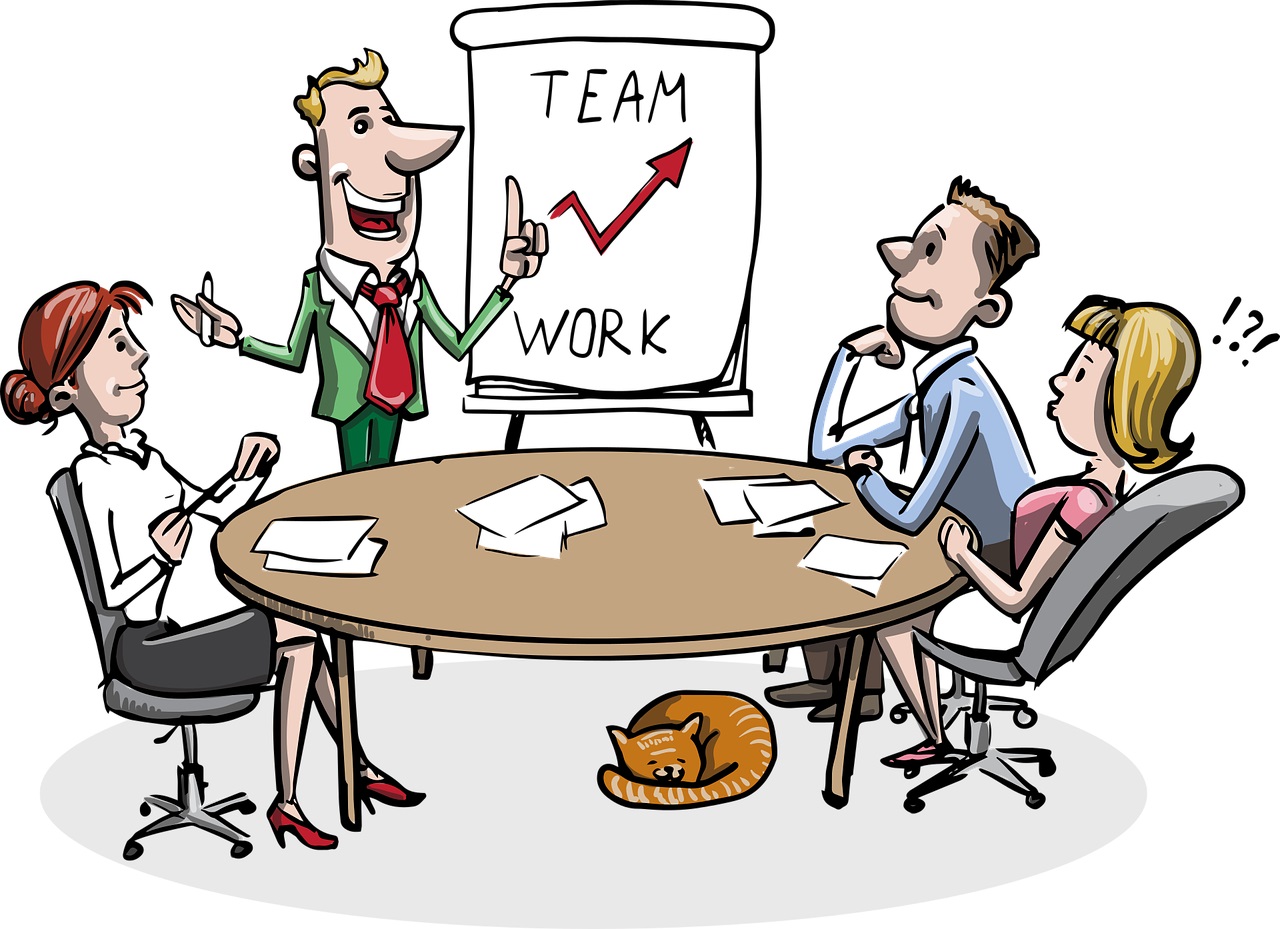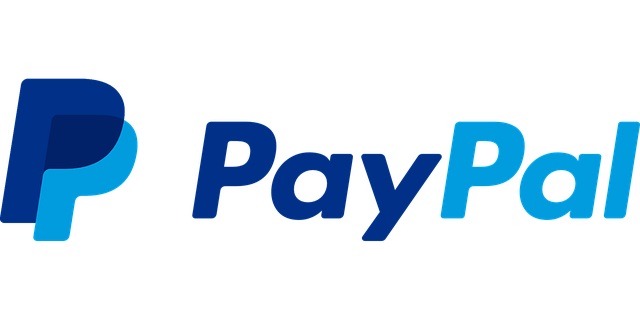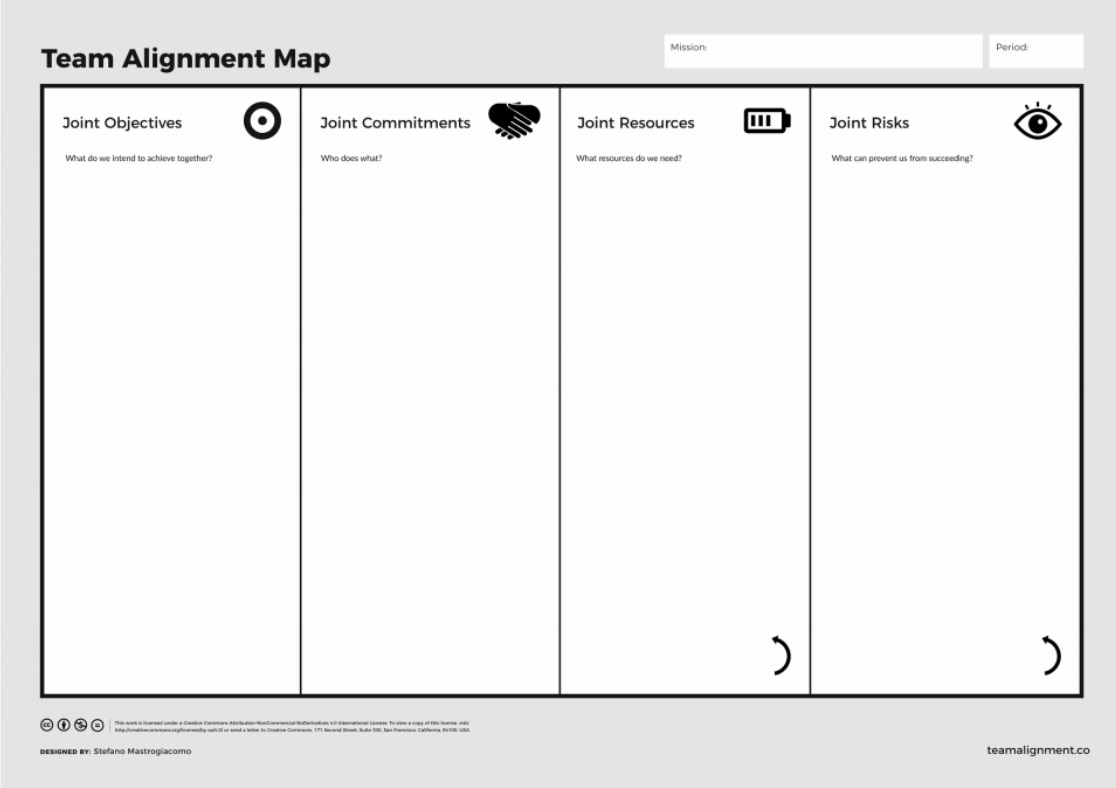Content begins here
Contenido de la página principal
Pulsa para colapsar
Design a Team
Designing is a process of anticipating and creating different types of objects, shapes, systems, buildings, vehicles, etc. But design can be also user-centered. Users are at the heart of the approach to design thinking. It is about creating solutions for people, physical objects, or more abstract systems to solve a need or problem. In this lesson, we will learn more about the importance of designing a team.

Resource: Pixabay
Having a great team is very important because behind every success is great teamwork. When you are working on designing a team, you need to think about a couple of things such as:
1. Team Behaviour
2. Team Environment
3. Team Alignment
Team Behaviour
How should the team behave? There are six categories of successful team behavior(Testing Business Ideas, 2019):
- Data influenced – What does it mean? It means that you need to consider the importance of the data.
- Experiment driven – Teams are having the courage to experiment, and to learn from those experiments.
- Customer-centric – Teams need to know their „WHY“ and stay connected with customers.
- Entrepreneurial – Teams need to move fast and validate things.
- Iterative Approach - Teams get results using a repeated cycle operation. They are using different tactics to achieve the desired outcome.
- Question Assumptions – Teams are not afraid to test a business model that can lead to great results.
Team Environment
How to design a good environment for the team? The company needs to:
- Provide leadership and mentorship support.
- Provide access to customers and resources.
- Provide direction.
The team needs to know strategy, guidance for every task, and KPIs so that they can see if they are progressing toward a goal. Teams need a supportive environment to develop, learn, and apply new things.
Teams need to be:
- Dedicated - Teams need an environment in which they can be committed to the work.
- Funded – Teams need funds for experiments.
- Autonomous – Teams need space for their own work.
Team Alignment
The Team Alignment Map can be very helpful. This Map is created by Stefano Mastrogiacomo, and it’s a visual tool that allows participants to prepare for the action.(Testing Business Ideas, 2019).
Resource: Strategyzer
How to use the Team Alignment Map?
- First, you need to define the mission statement. A mission statement is a sentence or short paragraph that defines the purpose of a company's existence. Examples of mission statement:
FACEBOOK: “To give people the power to share and make the world more open and connected.”

Resource: Pixabay
PAYPAL: ”To build the Web’s most convenient, secure, cost-effective payment solution.”

Resource: Pixabay
- Define the time box for the agreement. Determine how much time you need, whether it is up to 5 or 10 minutes or more. The decision is up to you and the team members.
- Create joint team objectives. In this step, it is important to answer the question: What can we achieve together?
Make sure your goals are SMART. That means:
Specific
Measurable
Attainable
Relevant
Timely
Be careful not to make too much of an imaginary goal because the effect will be the opposite of what you are looking for: instead of feeling motivated, your team members will feel like they will never complete the task. The goals should definitely be challenging, but realistic.
- Identify commitment levels for team members. In this step, it is important to define who does what.
- For joint resources, it’s important to find out what resources do we need?
- Joint risks – It can be very helpful if you write down all the potential risks that you need to prevent.
- Describe how to deal with the biggest risks by creating new goals and commitments.
- Describe how to address resource constraints.
- Set joint dates and validate them.
For more information about teamwork, we invite you to review our course IV.1 - Interpersonal Skills, topic 6: Collaborate with others.
Conclusions
Having a great team means that you are not alone. This means that you can count on someone at any time. That is the essence of the team.
Video and PDF presentationPulsa para colapsar
The following video explains the content of this lesson and shows some examples:
Video T2.L1. Design a Team
Here you have the content of the video in pdf in case you need to use it in your classroom:
Lesson contents in PDFPulsa para colapsar
Here you have the contents of the lesson in PDF:


